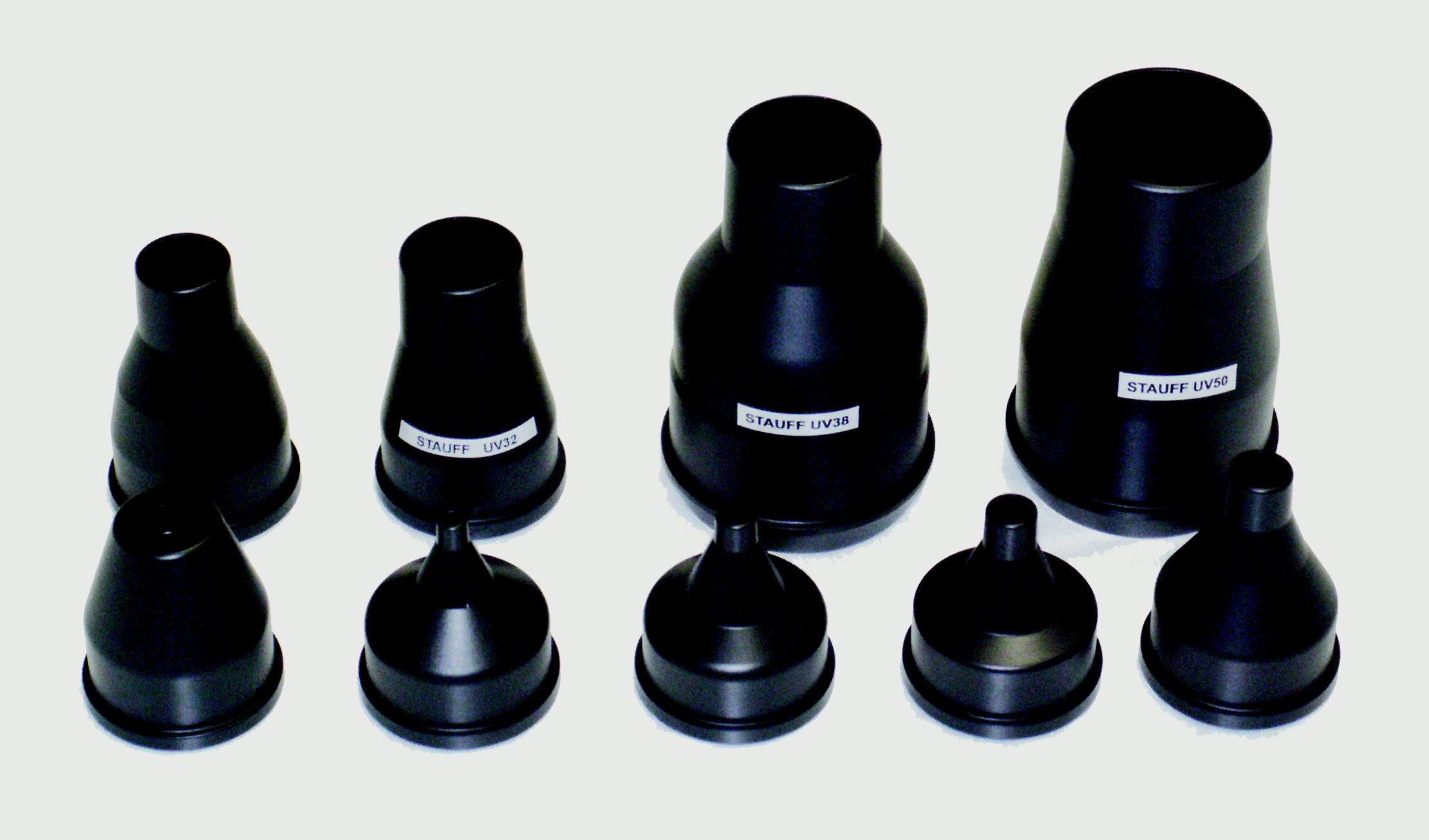Select the right projectile
Always select a projectile that is slightly larger than the internal diameter of the product you want to clean.
In industrial systems, especially in hydraulics and pneumatics, reliable initial cleaning is essential. Contamination in tubes, hoses and pipes can cause damage to dirt-sensitive components, resulting in expensive repairs and production downtime. Thorough tube and pipe cleaning helps to ensure the safety and efficiency of the entire system.
In this article, we will explain how to clean pipes and tubes and avoid all common mistakes. You can also use the methods mentioned here to clean hoses and thus increase the initial purity of your hydraulic system.
The best-known method for cleaning tubes and pipes to date is flushing with liquids. In this process – using a hydraulic system as an example – the hydraulic medium is used to flush tubes, hoses, pipes or lines. The problem: liquid flushing generates waste products that have to be disposed of. This method is therefore inefficient, especially for longer lines.
To replace this method, we at STAUFF have developed the STAUFF Clean system.
The STAUFF Clean system uses a special compressed air pistol combined with various nozzles and cleaning projectiles. The cleaning projectiles are accelerated by compressed air and pressed against the inner walls of the lines to remove dirt particles. Thanks to various nozzle sizes and projectiles, the system is suitable for tubes, pipes, hoses and lines with different diameters and lengths of up to 100 metres.
Select the right projectile
Always select a projectile that is slightly larger than the internal diameter of the product you want to clean.
Select the appropriate nozzle.
Select the nozzle to match the product and projectile (colours of individual parts may vary).
Insert projectile into the compressed air gun
Prepare the STAUFF Clean compressed air gun by placing the projectile in the gun and closing it.
Attach pipe, hose or fitting and carry out cleaning
Insert the tube into the front of the nozzle and carry out the cleaning. Make sure that a collection container (such as a barrel) is available into which the projectile can be shot.
Compared to traditional methods, the STAUFF Clean System offers several advantages:
The STAUFF Clean System offers different cleaning projectiles:
By selecting the appropriate projectile, the hose, pipe and tube cleaning is adapted to the specific requirements of the respective system.

When cleaning pipes, hoses and tubes, typical challenges that can lead to inadequate results often arise:
To help you avoid these problems, the following chapter provides tips for the optimal use of the system. If you have any further questions, our product experts will be happy to help.
To make cleaning of tubes, pipes and hoses as effective as possible, please note the following:

When working with the STAUFF Clean System, safety precautions are essential:
The system is more cost-effective, faster and more efficient than conventional liquid rinsing. It also reduces waste and provides a more thorough cleaning of tubes and pipes.
Make sure that the air pressure is within the optimum range and that the correct nozzle and projectile are used to ensure a tight seal and thorough cleaning of the tubes and pipes.
Yes, the system is suitable for a wide range of pipes and hoses, including those with various fittings and connectors.
The projectiles for the system cover all internal diameters between 4.8 mm and 50.8 mm without any gaps.
After superficial cleaning and removal of coarse particles, it is generally possible to reuse a pellet in the same line, but only if no particularly strict requirements regarding the cleanliness level need to be met.
Reusing a pellet in a different line is not recommended in order to avoid dirt being carried from one line to the other.
Absolutely! If there is heavy contamination, we recommend first cleaning with type G and A projectiles and then doing a final clean with a standard projectile.
Receive automatic e-mail notifications about new posts on the STAUFF Blog
